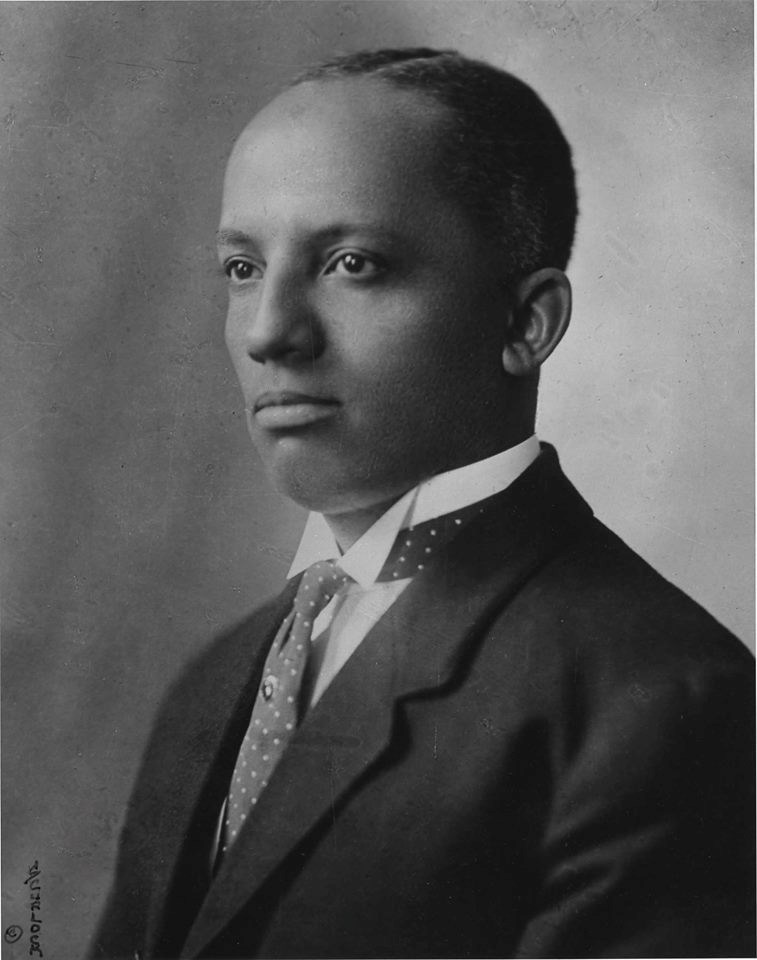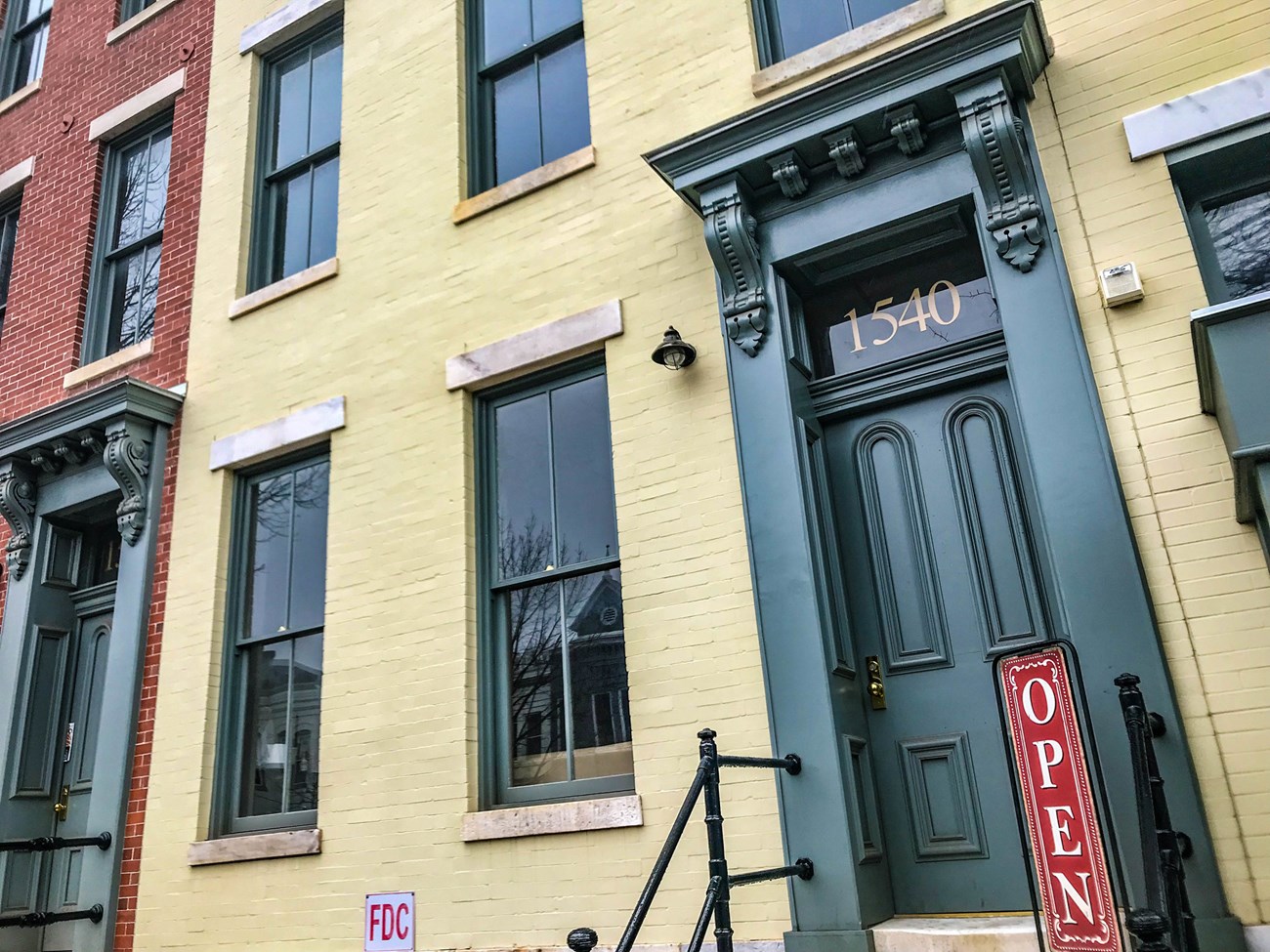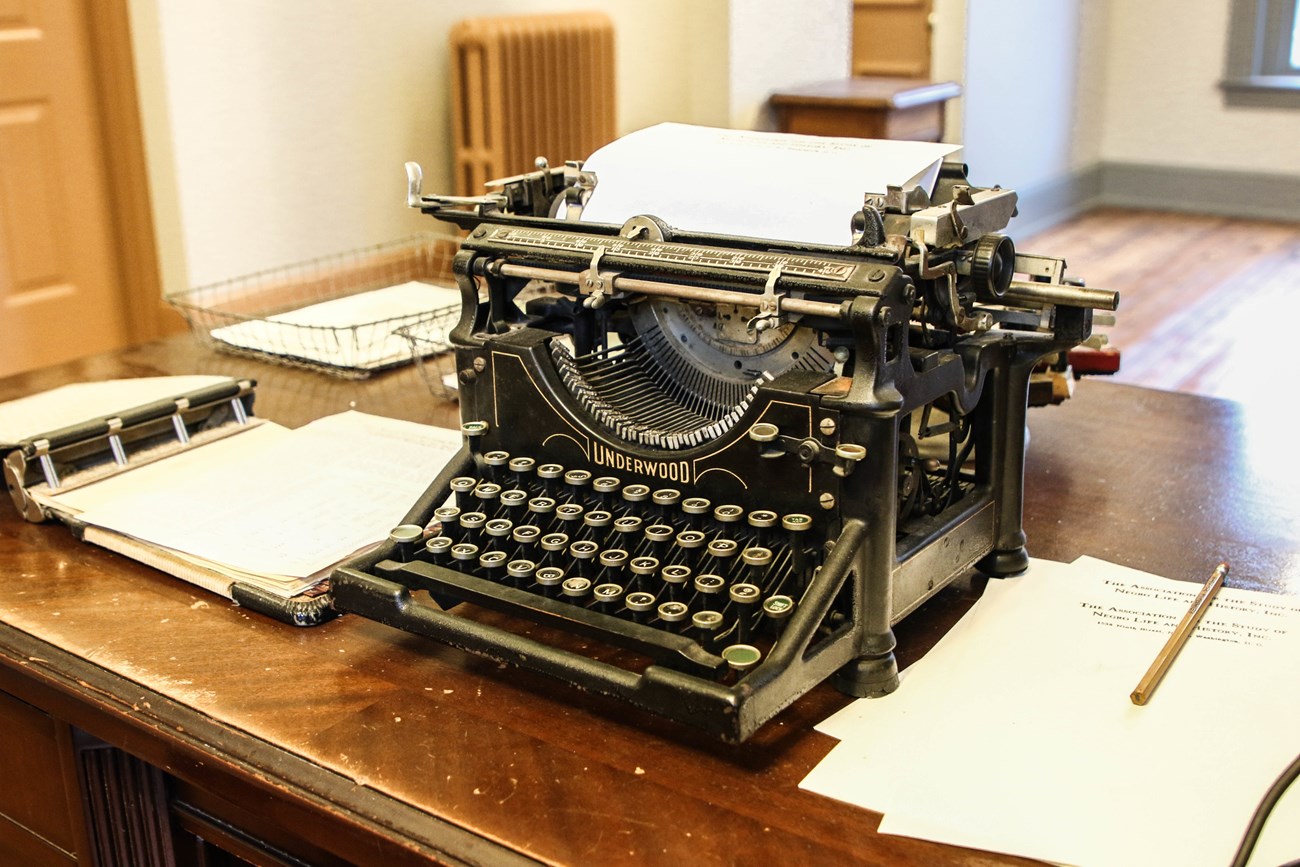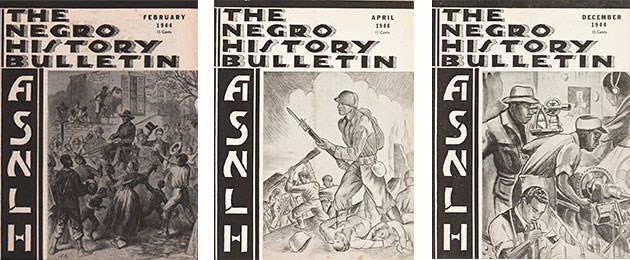Last updated: February 6, 2020
Article
National Park Getaway: Carter G. Woodson Home National Historic Site

NPS Photo
Woodson, born in 1875, was the nation’s first professionally trained African American historian and the man who institutionalized the study of African American history. The fourth of nine children born to previously enslaved parents, Woodson grew up amidst the poverty and oppression many African Americans faced in the South during the Reconstruction Era. Woodson worked in the fields and coal mines of Huntington, West Virginia, alongside his family before beginning his formal education at age 20. Desiring knowledge and believing education was the key to success and freedom, he graduated from high school at age 22 and then went on to matriculate at Berea College where he earned a Bachelor of Literature degree. Over the span of 15 years, he became a public school teacher, earned another bachelor’s degree and a master’s degree from the University of Chicago, traveled and studied abroad, and in 1912, completed his PhD in history from Harvard University. Dr. Woodson was the second African American to earn a doctoral degree in history from Harvard and is believed to be the only child of enslaved parentage to receive a doctorate in history from any institution. Woodson’s advanced studies and background enhanced his unique perspective regarding history and the role of African Americans in the making of the United States.

NPS / Victoria Stauffenberg
Purchased by Dr. Woodson in 1922, the modest row house at 1538 Ninth Street, NW, in Washington, DC, became the epicenter of the black history movement. The National Park Service offers guided tours of the home, where you can learn more about this history.
Dr. Woodson believed that an appreciation of the historic contributions of blacks would foster pride among African Americans and challenge racial prejudice among whites. His home served as a research center, business office for his publishing company, Associated Publishers, and the headquarters of his organization, The Association for the Study of Negro Life and History (ASNLH) known today as the Association for the Study of African American Life and History (ASALH). While not a museum in the traditional sense, the home functioned as an informal community-based museum and as a vital repository of historical materials and artifacts that he and others had collected. By 1941, Woodson noted that he had acquired over 1,000 manuscripts, including valuable letters from notable African Americans such as Frederick Douglass, Booker T. Washington, and Colonel Charles Young.
Every level of Woodson’s home office tells a story about Dr. Woodson’s life and work. The first floor highlights the business of the ASNLH and Associated Publishers. The packing and shipping room is where the orders of the different books, periodicals, and materials produced by the ASNLH and published by the Associated Publishers were taken, wrapped, and shipped. Former employee Robert Best, who at the age of 96, vividly remembered working for Dr. Woodson in the packing and shipping room, helped staff develop the home tour. “He was all business, no playing around, I wrapped books and tied them up with string,” said Best.

NPS / Victoria Stauffenberg
In 1926, Dr. Woodson created Negro History Week as a means to attract a mass following and popularize black history. He argued that if the history of black people were studied along with the achievements of others in schools, not only would black youth develop a sense of pride and self-worth, but also racism would be abolished. He selected the second week of February for the observance of Negro History Week because it encompassed the birthdays of both Frederick Douglass and President Abraham Lincoln. By the 1940s, Negro History Week celebrations became increasingly popular, including banquets, breakfasts, speeches, parades, exhibits, and lectures usually held in churches, black colleges and universities, and civic and community centers. In 1976, during the commemoration of the bicentennial of the founding of the United States, ASALH expanded and renamed Negro History Week to Black History Month.


NPS Photo
The National Park Service is in the process of developing the Carter G. Woodson Home National Historic Site. Future plans include the rehabilitation of the adjacent two row homes for more permanent exhibits, an audiovisual presentation, staff offices, and a classroom. Plans also include exhibits for the Woodson Home.
The site is well worth a visit and is continually working to improve visitor experience with special programming during Black History Month. On February 1, 15 and 19, 2020, each afternoon’s tour will be joined by “Dr. Woodson,” portrayed by actor Dexter Hamlett. Visitors will gain insights into Dr. Woodson’s motivation to create Negro History Week and his dedication to the cause of black history. On February 29 at 11 am, a special ranger-led walk will begin at the nearby Mary McLeod Bethune Council House National Historical Site and end at the Woodson Home.
The historic site is open Thursday to Saturday. It is a place where the legacy of Dr. Carter G. Woodson, the Association for the Study of African American Life and History, and groundbreaking history remain within these walls and beyond.
Story by Vince Vaise and John Fowler
